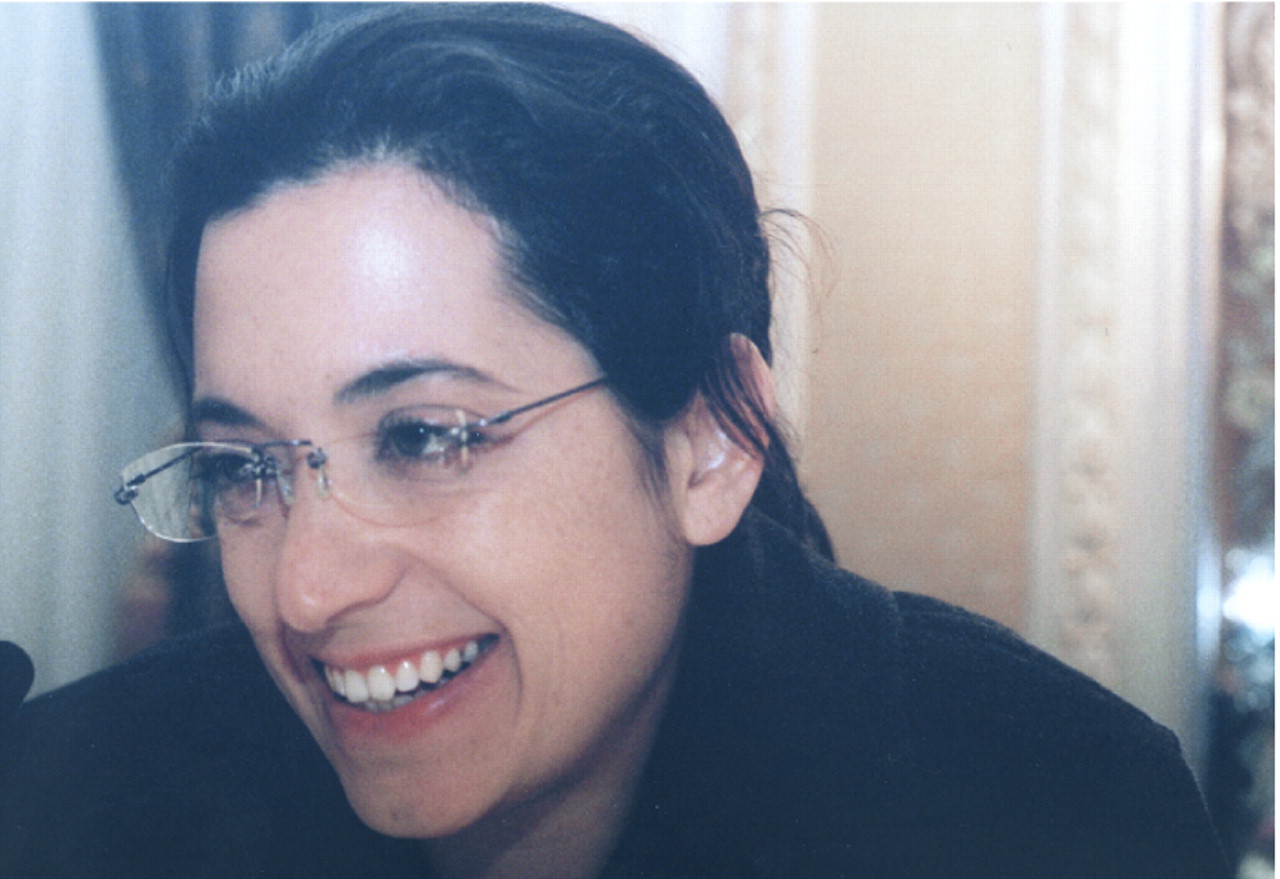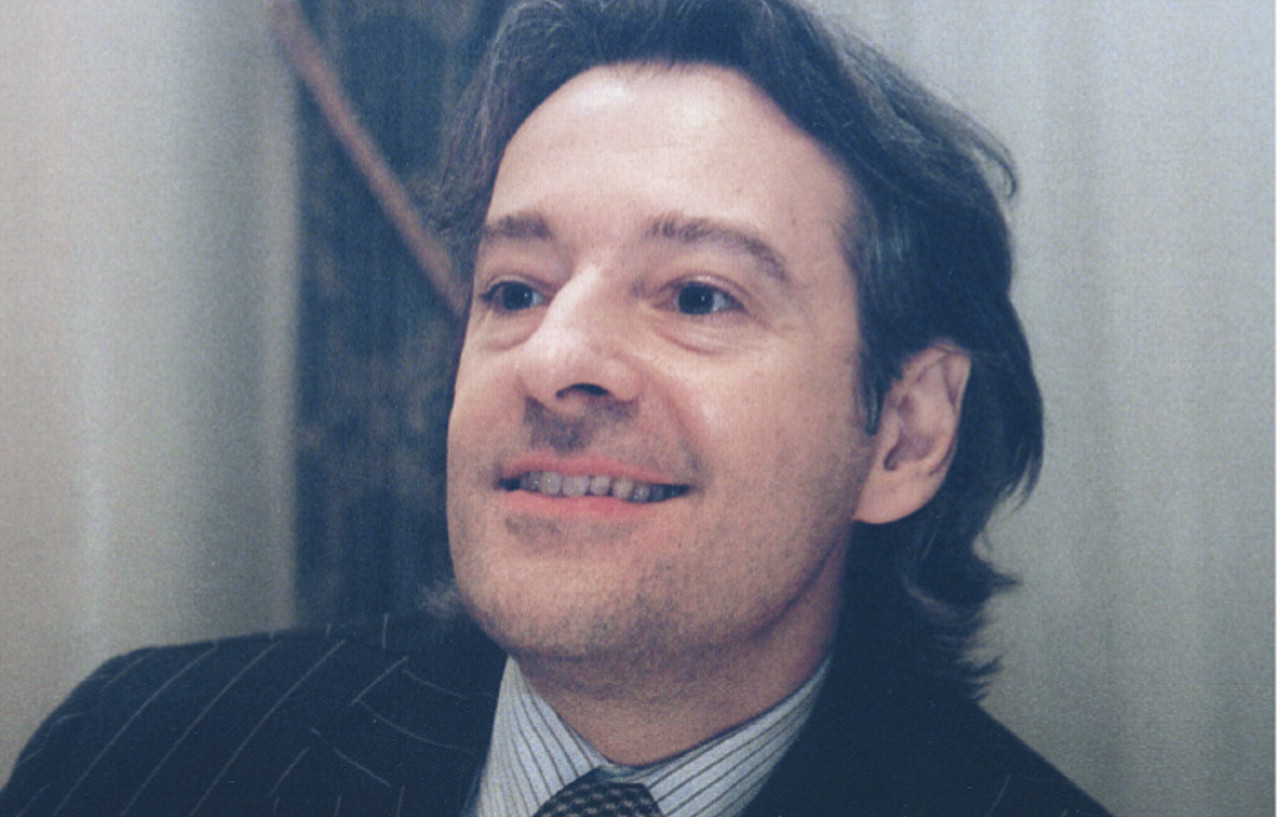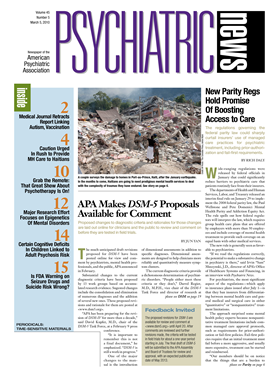An American version of a highly acclaimed Israeli television show about psychodynamic psychotherapy—“In TREATMENT”—made its debut in the United States in 2008.
The New York Times printed a favorable review of the show shortly after it began: “The half-hour episodes are addictive.... ‘In TREATMENT’ provides an irresistible peek at the psychopathology of everyday life—on someone else's tab.”
And a peek at how the show was created was in turn provided at the American Psychoanalytic Association's 2010 national meeting in New York in January. It occurred during a symposium titled “Inside In TREATMENT: Turning Therapy Into Drama.”
The symposium included some of the major players in the creation of the show's second season—executive producer Warren Leight; playwrights Keith Bunin, Jacquelyn Rheingold, Sarah Treem, and Marsha Norman; and Justin Richardson, M.D., an assistant clinical professor of psychiatry at Columbia University and consultant to the show. Glen Gabbard, M.D., chair of psychoanalysis and a professor of psychiatry at Baylor College of Medicine, got the symposium rolling with his usual élan.
“It is very difficult to depict psychotherapy in cinema,” Gabbard remarked. “Psychotherapy ain't show biz!” Thus the challenge for the producers and writers of the show was not just to adapt material from the Israeli version for an American audience, but to capture the truth of psychodynamic work while also entertaining people, he explained.
One way they met this challenge, Leight said, was hiring a psychiatrist to consult to the show. They didn't have a psychiatric consultant for the first season, and that was a mistake, he believed. The psychiatrist they brought on was Richardson, who also had some creative-writing credits of his own. He's coauthor of a parenting book and two children's books.
After that, Leight, the writers, and Richardson set out to create episodes that portrayed psychodynamic psychotherapy as realistically as possible, but also sizzling with emotion and plot as befits a TV show they hoped would be popular.
For example, Richardson helped the writers create therapy scenes that allowed for ambiguity and silences and where transference interpretations served as climaxes. “We quickly discovered,” he said, “that what makes for a powerful psychoanalytic session—a focus on what is happening at the moment between the two people in the room—is also what makes for good television.”
The 25-minute length of each episode imposed some constraints on the writing. The writers could go only so far in integrating silence into scenes, Leight pointed out. And as Bunin, who wrote the episodes about Oliver—a boy caught between two divorcing parents—noted, “It was a challenge making the transference between Oliver and Paul [the therapist] happen faster than it normally would.”
Richardson also attempted to help the writers understand the psychological problems of the characters they were creating and likewise advised them on how a therapist would treat patients with such problems. He reviewed and critiqued the writers' scripts. Or as Treem put it, “I would write an episode, then give it to [Richardson], and he would say this is what's going on, and then I would revise the episode.”
Yet when Richardson wrote lines for Paul, the therapist, the writers didn't always find his dialogue compelling enough and would change it, Rheingold said. So in a sense, as the characters, scenes, and episodes unfolded, it was the result of a collaboration among Richardson and the writers.
And the writers often collaborated among themselves as well, Rheingold added. Even though they created their own characters, scenes, and episodes, they would sometimes ask each other for help in solving problems.
And sometimes, when all of the writers and Richardson were together, their creative juices really cross-flowed. “When Justin [Richardson] was in the room with us, it was as if we were in writer therapy!” Bunin wryly observed.
“I would argue that Paul was a better therapist in the second season than in the first because of Justin's input,” Treem ventured.
Leight concurred: “I felt it was very important to have Justin, and Justin will also be involved in season three.”



